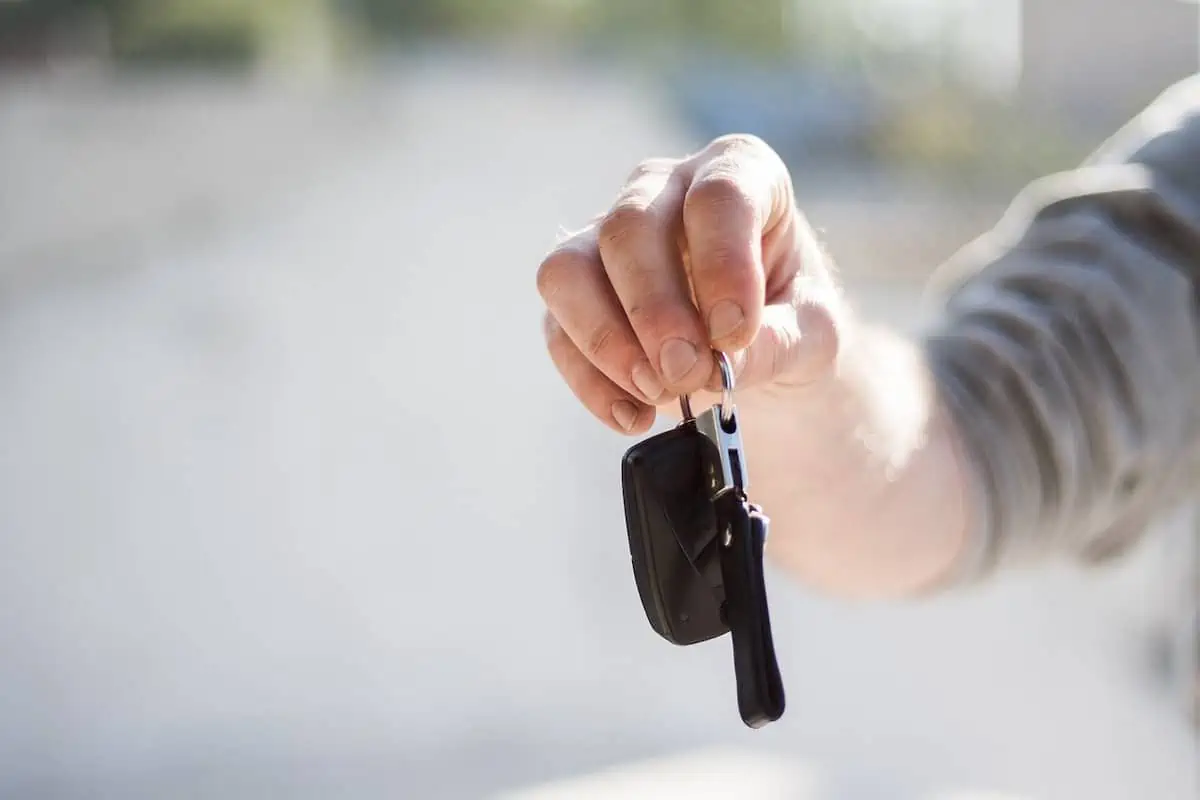You may have heard the news that vehicle title loans in Utah are now available, but relatedly, do you know what the roles of the used car buyer and seller are in The Beehive State?
You should, since there’s a good possibility that at some point you or a family member will be looking to purchase or sell a vehicle in the state, and you want to avoid a bad experience. Here’s what you need to know.
Buyer’s Responsibilities
There’s no shortage of scammers out there, so you should follow the guidelines below, be extra careful when purchasing a vehicle, and yes, trust your instincts.
Get a Bill of Sale
It’s necessary for sales tax purposes for buyers to get a bill of sale that documents how much they paid for the vehicle. Such a document, which can be handwritten in ink or typed and printed, should contain the following:
- The buyer’s name and address
- The seller’s name, address, and signature
- Vehicle description, including the VIN
- Description of trade-in, if applicable
- The vehicle’s purchase price
- Trade-in allowance, if applicable
- Net purchase price
Garner the Title
Under Utah law, the seller must provide the buyer with a title within 48 hours of the transaction. Still, it may not be a smart move to depend on a seller’s vow to “get you the title” shortly. It makes more sense to get the title at the point of sale. After all, you need the title to register the vehicle in your name.
A lost title can be replaced by both parties completing Form TC-123, “Application for a Duplicate Title.” Also, unless the automobile is 20 years old or older, Form TC-891, “Odometer Disclosure Stated, must be completed and signed by the buyer and seller.
Sales Tax
Note that in a private-party car sale, the purchaser will pay the sales tax when the Utah Division of Motor Vehicles (DMV) titles and registers the vehicle. The amount will be based on the net purchase price indicated on the bill of sale. If there’s no such document, the DMV will calculate it based on the vehicle’s fair market price.
Seller’s Responsibilities
Write a Bill of Sale
A bill of sale is important to the car seller because such a document is evidence that the vehicle’s title has been legally transferred.
Remove the License Plate
If you do not take the plate off the vehicle, you might be responsible for any traffic or parking violations that occur while the plate’s still on the vehicle.
Give Up the Title
Provide the new owner with the signed title, current safety and emission certificate, and current registration certificate. The new owner can use the title, along with proof of insurance and photo ID, to obtain a temporary permit from the DMV.
Report the Vehicle as Sold
The seller must alert the DMV that the vehicle has been sold. They can do this online through Utah’s Motor Vehicle Portal, or by mail or fax. Written notification must include the vehicle’s model year, make, and VIN or plate number, as well as the owner’s signature.
That can be mailed to P.O. Box 30412, Salt Lake City, Utah, 84130. The fax number is 801-297-3570. The seller may also notify the DMV by phone by calling 800-DMV-UTAH.
You might want to keep these guidelines handy for the next time you or a friend or relative in Utah seeks to buy or sell a vehicle, so that you can have the best experience possible.

